Connected Papers
Pricing : Freemium

Connected Papers
Connected Papers is an innovative online tool designed to assist researchers, scientists, and students in discovering research papers that are relevant to their work. This tool stands out because it is easy to use and helps people find important papers in their field of study. It is especially useful for those who want to stay updated with the latest research and ideas related to their topics of interest.
The main feature of Connected Papers is its ability to create visual graphs that show the relationships between different research papers. To understand how it works, imagine you are looking at a family tree, but instead of people, it shows research papers and how they are linked to each other.
Here is how Connected Papers creates these graphs: First, the system looks at about 50,000 papers and selects a few dozen that are most closely related to the main paper you are interested in. These selected papers are then arranged in a graph based on how similar they are to each other. This arrangement helps you see which papers are closely related, even if they don’t directly refer to each other.
The way Connected Papers measures the similarity between papers is quite smart. It uses two methods called Co-citation and Bibliographic Coupling. Let’s break these down:
- Co-citation: Imagine two papers, A and B. If many other papers refer to both A and B, then A and B are considered to be related. This is what co-citation means.
- Bibliographic Coupling: This is similar to co-citation but in reverse. If paper A and paper B both refer to many of the same papers, they are considered to be related.
Based on these methods, Connected Papers can guess that two papers are probably about similar topics if they share a lot of the same references or are referenced together by other papers.
After finding which papers are similar, Connected Papers uses a special type of graph called a Force Directed Graph to display them. In this graph, papers that are very similar are placed close to each other, and those that are less similar are farther apart. When you choose a paper, or a 'node', in this graph, the tool highlights the shortest path from that paper to the main paper you started with. This makes it easier to see how the papers are connected.
The database of Connected Papers is linked to the Semantic Scholar Paper Corpus. The Semantic Scholar team has collected hundreds of millions of papers from various scientific fields. This vast collection means Connected Papers has a lot of information to work with, making it a very useful tool for people looking for specific research papers.
In summary, Connected Papers is like a map that helps researchers and students navigate the collection of academic papers. It simplifies the process of finding related research, saving time and effort. With its visual graphs and easy-to-understand layout, even those who are not native English speakers or are new to research can easily use it.
Core features
- Paper search
- Collection creation
- Topics organization
- Content sharing
Related Tools

Unschooler
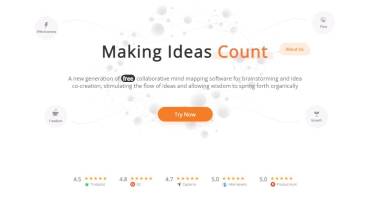
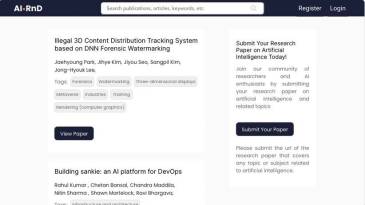

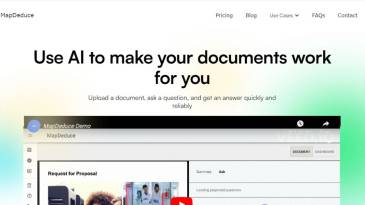
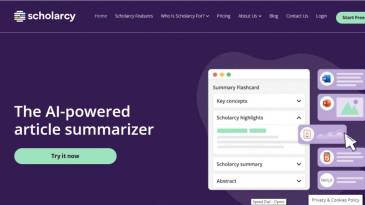
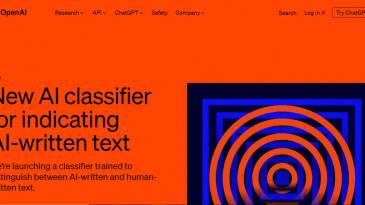

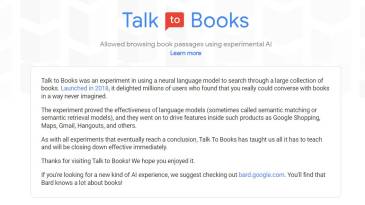
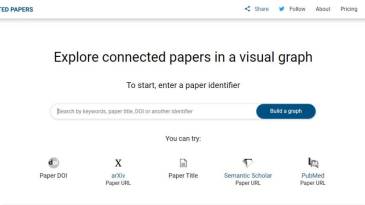




Leave a Reply